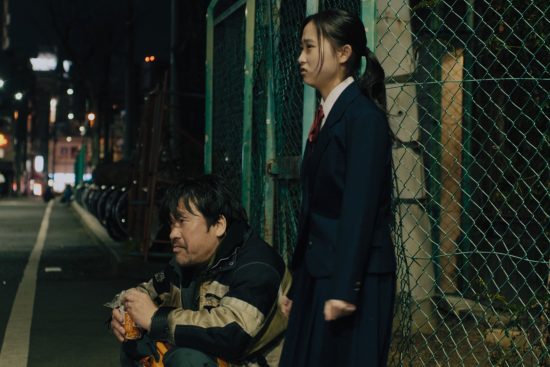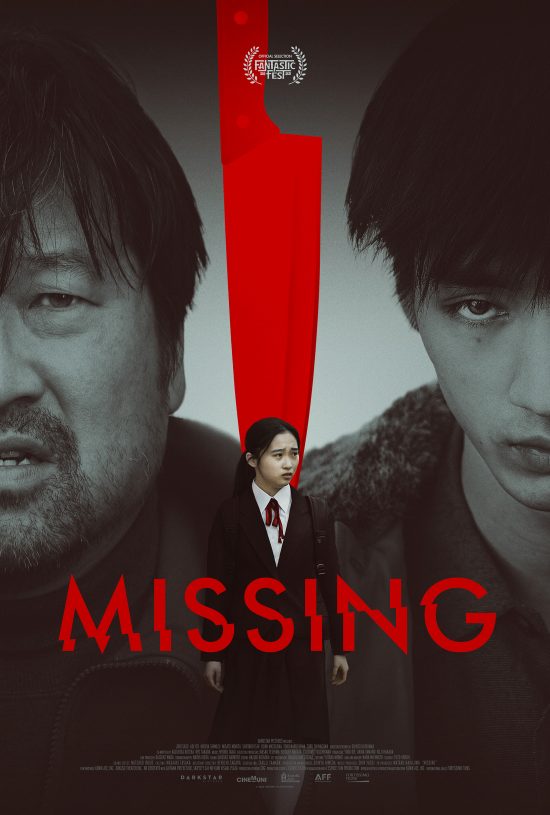Review: Missing – “There are building blocks for a really suspenseful serial killer thriller”

When her father disappears after seeking out a serial killer to receive a financial reward to payoff his debts, Kaeda goes searching for him.
Deep in debt because of the mounting medical bills caused by his deceased wife, Santoshi tells his daughter Kaeda that he has a plan to revive their financial fortunes and reopen their ping pong club. While on a train he saw the face of the infamous serial killer called No Name and is going to turn him in order to get the financial reward. The idea seems as foolish as the man himself until he vanishes without a trace and Kaeda realizes that her parent was not joking. Fearing for his life, the teenager begins a search aided by a sympathetic teacher and a classmate with a serious crush as the police offer no support; things take a strange turn when the serial killer impersonates her father and she receives a text message saying that he is fine and to stop looking for him.
The opening sequence cleverly transitions from Kaeda running through street traffic and speed pans to a scene in the back room of a store where Santoshi is being held for shoplifting. Santoshi comes across as a childish goof while is Kaeda the flustered adult doing their best to keep her family together. An inspired twist is when Kaeda discovers that the accused serial killer has replaced her father at work which begins to raise questions as to whether he is dead. As for the character of No Name, the nail-biting is a quirky trait that seems a little forced rather than intrinsic. The flashbacks provided the backstory to the relationship of Santoshi with his sick wife and what happened to him when he left to find the subject of the police reward.
There are building blocks for a really suspenseful serial killer thriller, especially with the plot twists that cause the audience to wonder if the hunter has become an accomplice in the crimes. But the characters themselves feel flat though Aoi Ito does an admirable job in portraying a student overwhelmed at the prospect of losing both of her parents and having to fend for herself which in truth she is already doing. Less convincing are Jiro Sato as Santoshi and Hiroya Shimizu as No Name making their storylines not as compelling as when Aoi Ito appears on the screen. The camera wisely takes an observational point of view which enables the performances to unfold at their own pace rather than relying on fast-cut editing. Technically Shinzo Katayama is a proficient filmmaker but the ability to craft the onscreen chemistry and fascinating cinematic personas remains a work in progress.

Trevor Hogg is a freelance video editor and writer who currently resides in Canada; he can be found at LinkedIn.










